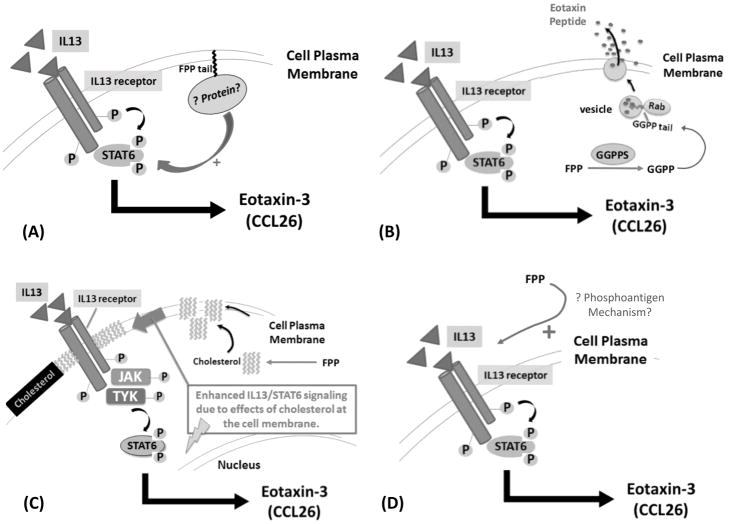Figure 11. Hypothetical Mechanisms of How FPP Could Augment IL13-Mediated Signaling in Human Airway Epithelial Cells.
Adding FPP exogenously to HBE1 cells caused a marked and unexpected increase in IL13-mediated STAT6 activation resulting in greater eotaxin-3 extracellular peptide secretion. The mechanism underlying this dramatic effect of FPP is not known. We propose four potential mechanisms that can be explored in forthcoming experiments to elucidate this important observation.
(A) Increased farnesylation of a protein with the CaaX- motif by FTase which then enhances IL13-mediated STAT6 phosphorylation and subsequent eotaxin-3 production.
(B) FPP is converted to GGPP by geranylgeranylpyrophosphate synthase (GGPPS) which then geranylgeranylates Rab GTPases to promote vesicular secretion (or exocytosis) of eotaxin-3 peptide.
(C) FPP is metabolized to squalene then to cholesterol which enhances cell plasma membrane rigidity via increased lipid microdomains/rafts, and subsequent enhanced IL13 receptor/IL13 ligand stability, leading to augmented IL13 signaling and greater eotaxin-3 production.
(D) FPP acts like a phosphoantigen via the butyrophilin receptor family to augment IL13-mediated STAT6 phosphorylation and eotaxin-3 production in bronchial epithelial cells.

